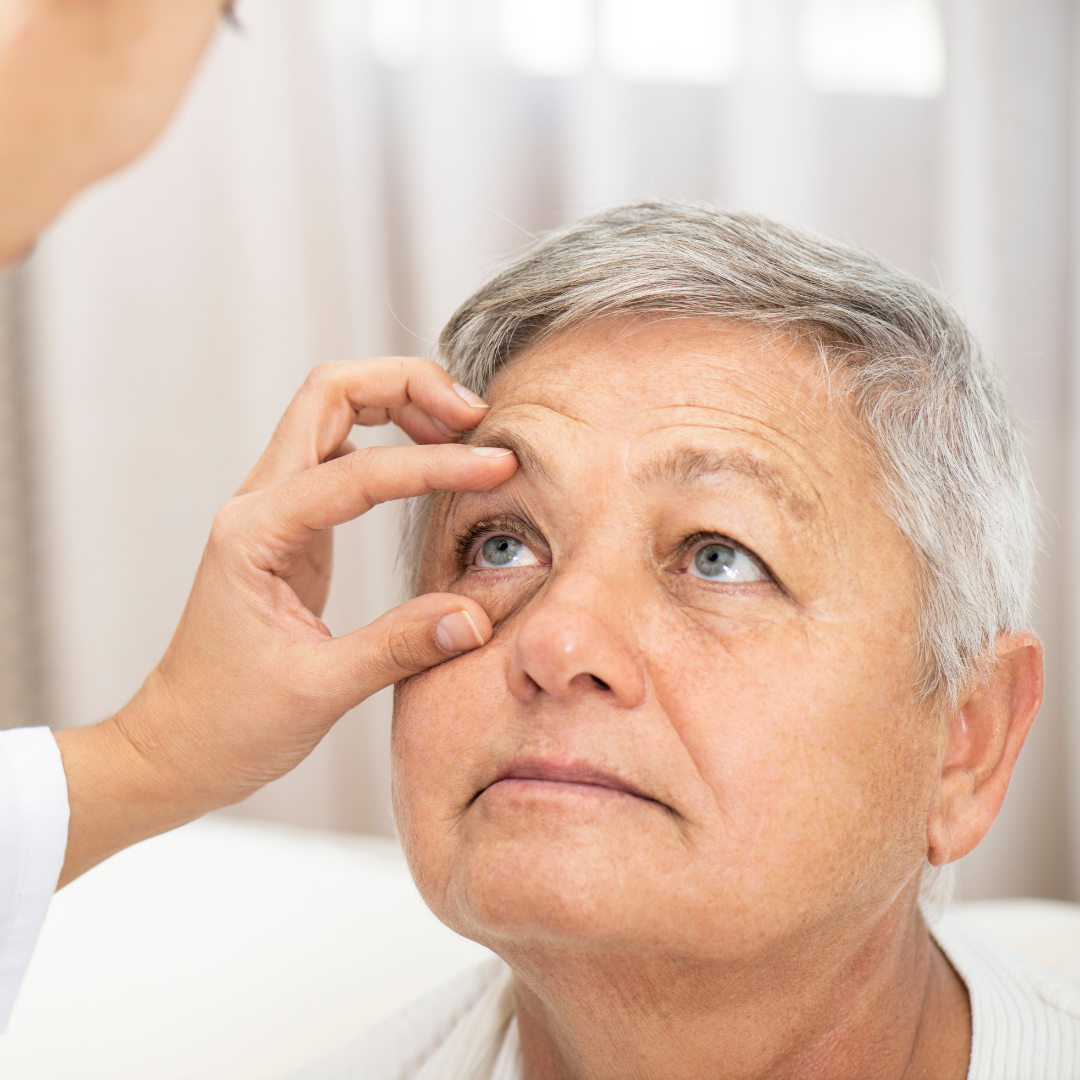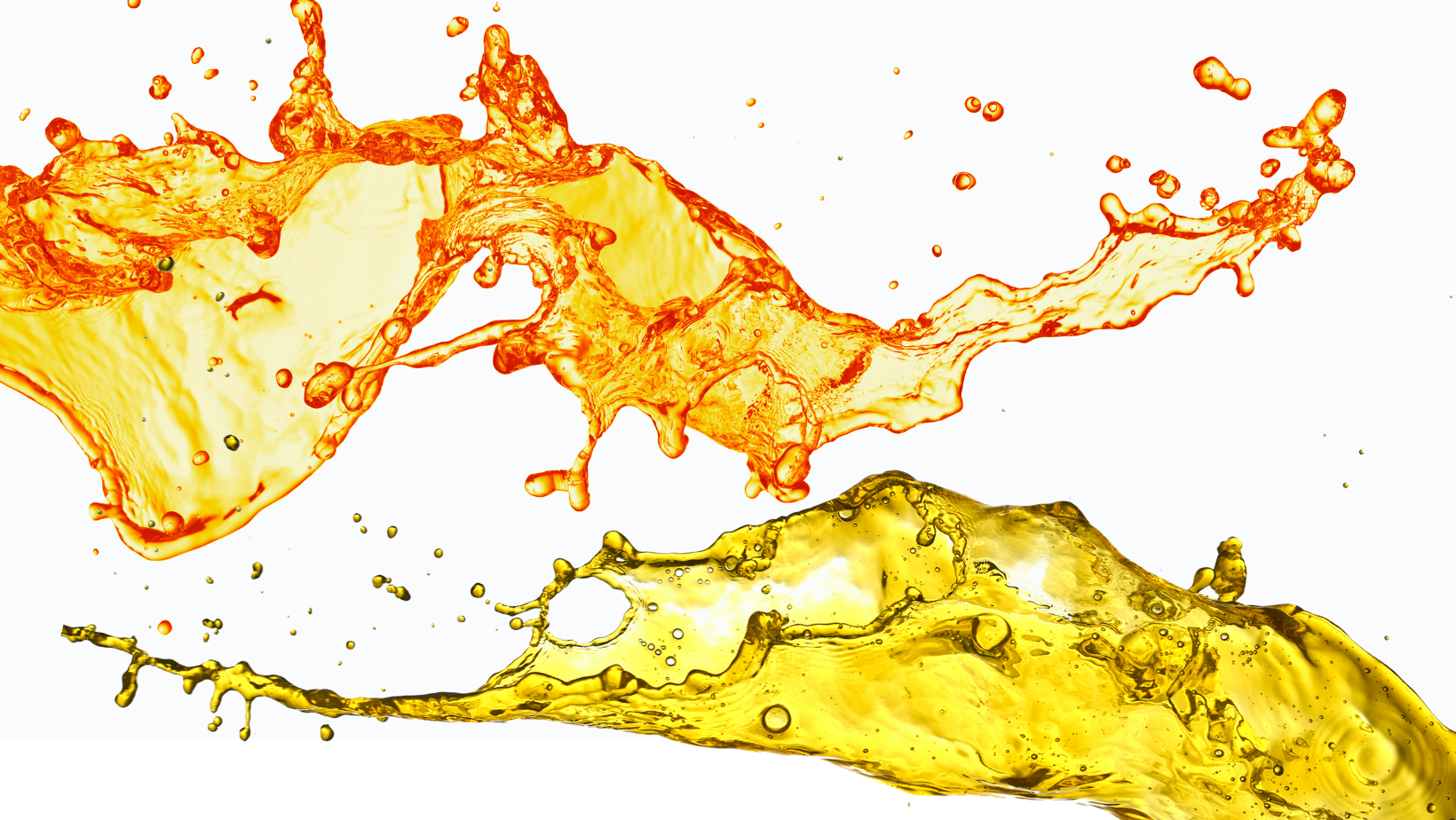What is Hyaluronic Acid?
Hyaluronan is the accepted scientific nomenclature for hyaluronic acid (HA) and physiological salts of hyaluronate, the conjugate base of hyaluronic acid. Hyaluronan is classified as a glycosaminoglycan (GAG). GAG’s are long, unbranched polysaccharides that are made of repeating disaccharides composed of glucuronic acid and glucosamine (Fraser, 1997). The polymer chain of hyaluronan ranges in molecular weight from hundreds of units (or Daltons) up to several million.
Hyaluronan is found ubiquitously throughout the mammalian body. It is either directly or indirectly involved in every physiological function of the body. It is found in dense concentrations in cartilage, synovial fluid, skin, vertebral discs, bones, urinary tract, cardiac valves, eyes, and various other soft tissues. Hyaluronan is most abundant during embryogenesis and declines in overall quantity and quality throughout life (McDonald, 2002).
How Does Hyaluronic Acid Affect The Joints?
-

Reduces Joint Friction
-

Supports Overall Joint Health
-

Hydrates The Tissues
-

Lubricates The Joints

What is hyaluronic acid?
Bone & Joint Health
Canonically, hyaluronan is recognized for its role in the maintenance of joint health. Hyaluronan is naturally synthesized locally by synoviocytes within the joint and once produced, it binds to collagen and elastin to form articular cartilage. It is the presence of hyaluronan that makes cartilage strong enough to handle compressive forces within the joint (Seog, 2002). Hyaluronan is also found in unbound form in the synovial fluid, where it provides the major source of lubrication that allows for smooth fluid movements in joints (Sabaratnam, 2005).
Hyaluronan within the synovial capsule is critical for smooth joint movement: the articular cartilage encapsulates the ends of the bones forming a smooth while synovial fluid forms a film of lubrication over the articular cartilage during movement. Combined, these structures protect the bones from frictional grinding (Walker, 1968).
Within bone itself, the presence of hyaluronan is primarily linked to its roles in bone modeling and remodeling processes. Hyaluronan has been shown to regulate bone remodeling by stimulating osteoblasts and osteocytes as well as inhibiting osteoclasts (Bastow, 2008; Prince, 2004). Intriguingly, hyaluronan taken orally has been shown to reduce urinary markers of bone resorption and ovariectomy-induced bone loss (Gerdin, 1997), indicating that hyaluronan may suppress bone resorption.

What is hyaluronic acid?
GASTRIC HEALTH
Hyaluronan has established itself as a protectant by its ability to confer defense to gut mucosal tissue. A recent study aimed to evaluate the effects of hyaluronan on gastric mucosa (Al-Bayaty 2011). Laboratory findings revealed that a high-molecular-weight hyaluronan-containing gel significantly protected the gastric mucosa.

What is Hyaluronic Acid?
The Skin
One of the primary functions of hyaluronan is maintaining tissue hydration. Interestingly, hyaluronan is so hydrophilic it can absorb, retain, and deliver over one-thousand times its weight in water (Wand, 2007). The ubiquitous nature of the molecule ensures that hydrophilic delivery takes place throughout all tissue.
Hyaluronan is found most prevalently in the skin; approximately half of total body hyaluronan is located within the dermal and epidermal layers. Primary functions of hyaluronan in the skin include moisturization and hydration (Meyer, 1941). Skin turgor is the result of the ability of hyaluronan to absorb, retain, and deliver water (Wang, 2007). With age, there is a distinct decrease in the percent composition of hyaluronan in epidermal tissue likely correlating with the increase in wrinkles and aged skin (Juhlin, 1997). Experiments have demonstrated that 77% of naturally occurring hyaluronan in the skin is lost by age 70 in humans (Weist, 2008).

What is hyaluronic acid?
Ocular Health
Hyaluronan makes up a large part of the vitreous humor (the space-filling jelly between the lens and the retina) and is also found in the lacrimal gland, cornea, conjunctiva, and in tears (Gong, 1994). Ocular functions of hyaluronan include homeostasis, moisturization, and lubrication.
Hyaluronic Acid Health Supplements
Baxyl® Supplements are the most advanced and research-proven HA supplements on the market for joint health and gut health support. Learn more about Baxyl supplements by visiting any of our product pages and reading about Baxyl's all-natural, effective ingredients for long-term health.





